2023 Participant Milestones Spotlight: Boston University

Boston University, a private research institution located in the heart of Boston, Massachusetts, took notable steps in 2023 to further its commitment to clean transportation and electrification within its community. Home to over 37,000 students from more than 140 countries and supported by over 10,000 faculty and staff, our 2023 participant has made significant investments […]
2023 Participant Milestones Spotlight: Xcel Energy
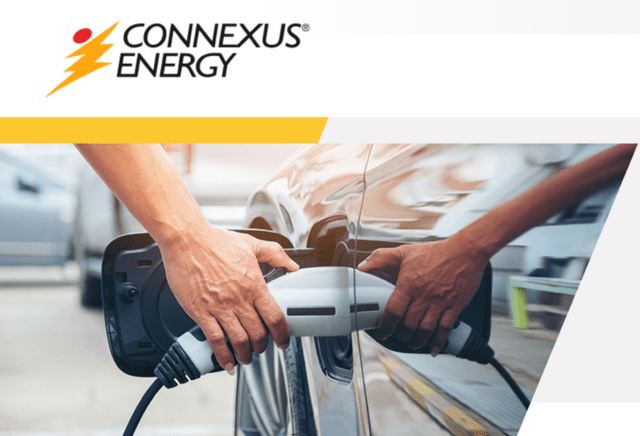
Our 2023 participant, Xcel Energy, a regulated electric utility and natural gas delivery company based in Minneapolis, Minnesota, has made remarkable progress in enhancing its electric vehicle (EV) initiatives and infrastructure. Last year, the company significantly boosted its EV infrastructure by installing more than 12 additional EV charging stations, aligning with its efforts to meet […]
2023 Participant Milestones Spotlight: Bridgewater State University
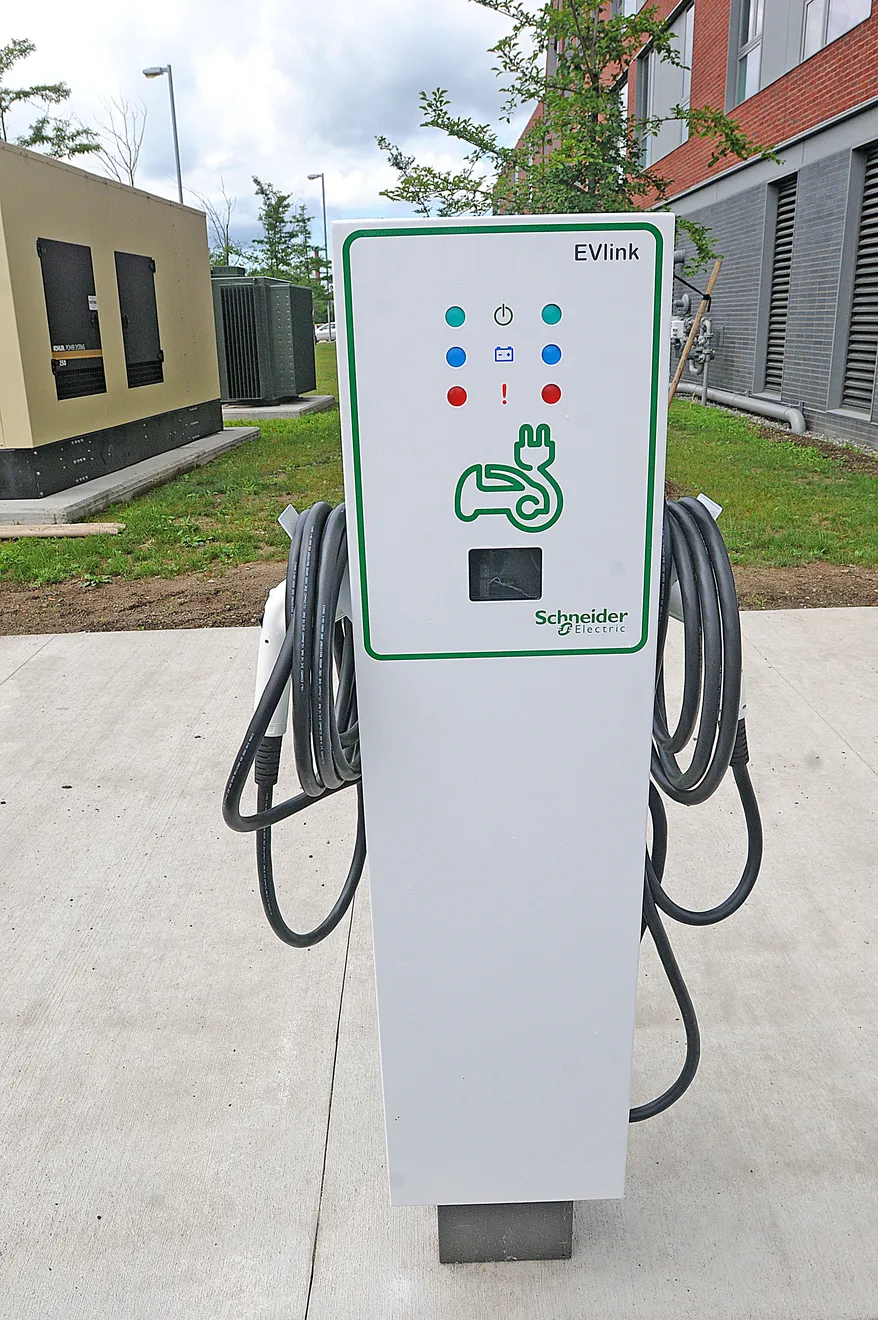
In an era where innovation drives progress, our 2023 participant Bridgewater State University (BSU), the largest of Massachusetts’ nine state universities, is setting a remarkable example in the realm of sustainable energy and electric vehicles (EVs). With a series of initiatives throughout 2023, BSU has not only embraced electrification but has also embarked on a […]
2023 Participant Milestones Spotlight: Suryatech EV Power
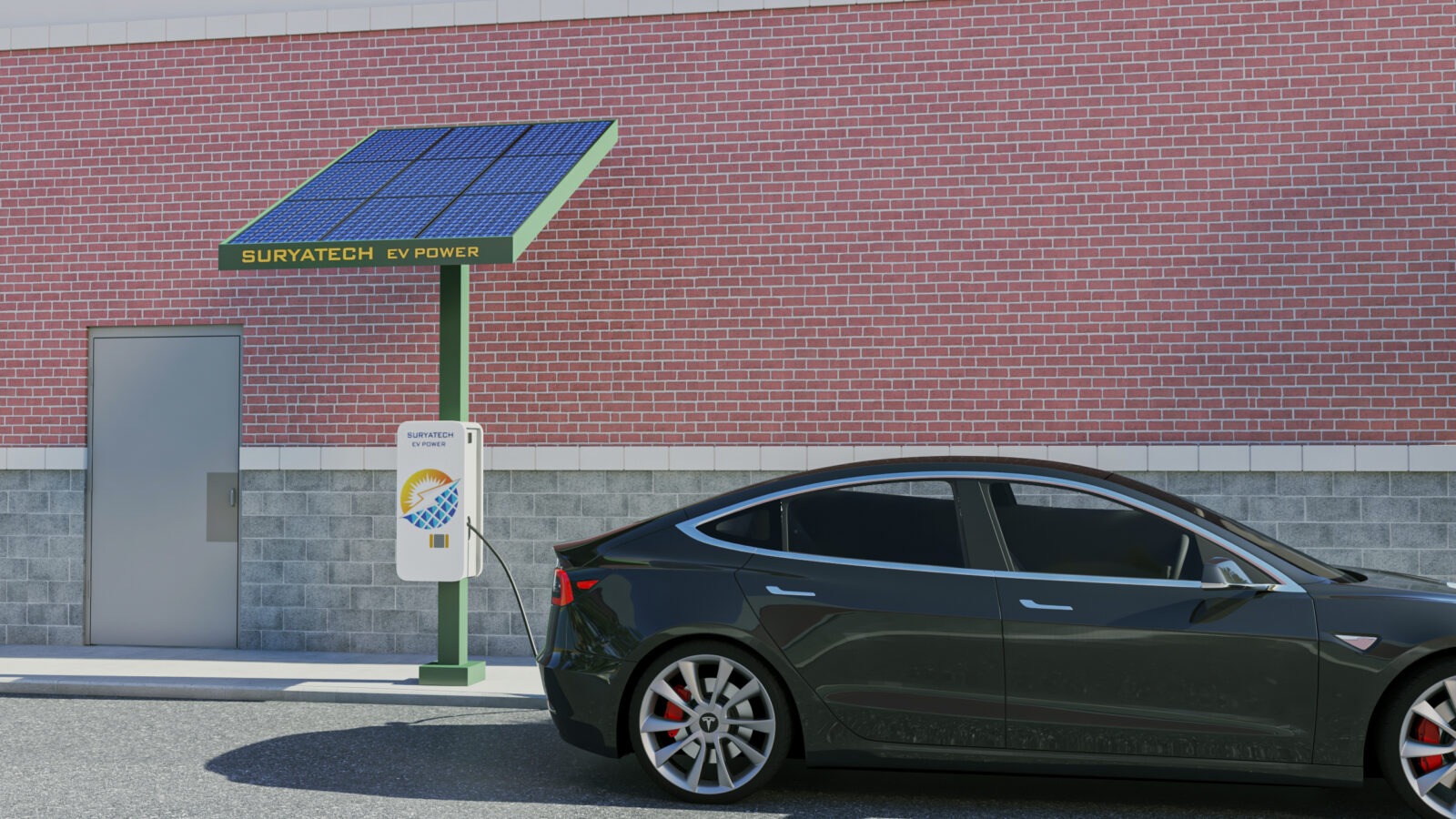
Suryatech EV Power, headquartered in Massachusetts, is a minority-owned cleantech company and the pioneering provider of hybrid solar + grid-tied EV charging stations. As a committed 2023 Recharge America participant, this visionary company is extending its impactful work from Massachusetts to New York, embracing a mission to create the most eco-friendly EV charging infrastructure, support […]
2023 Participant Milestones Spotlight: UMass Boston

Our 2023 participant, The University of Massachusetts Boston (UMass Boston), stands out as a public research university in Boston, Massachusetts. It is the only public research university in Boston and ranks as the third-largest campus within the five-campus University of Massachusetts system. Recognized as the third most diverse university in the United States, UMass Boston […]
2023 Participant Milestones Spotlight: Town of Truro
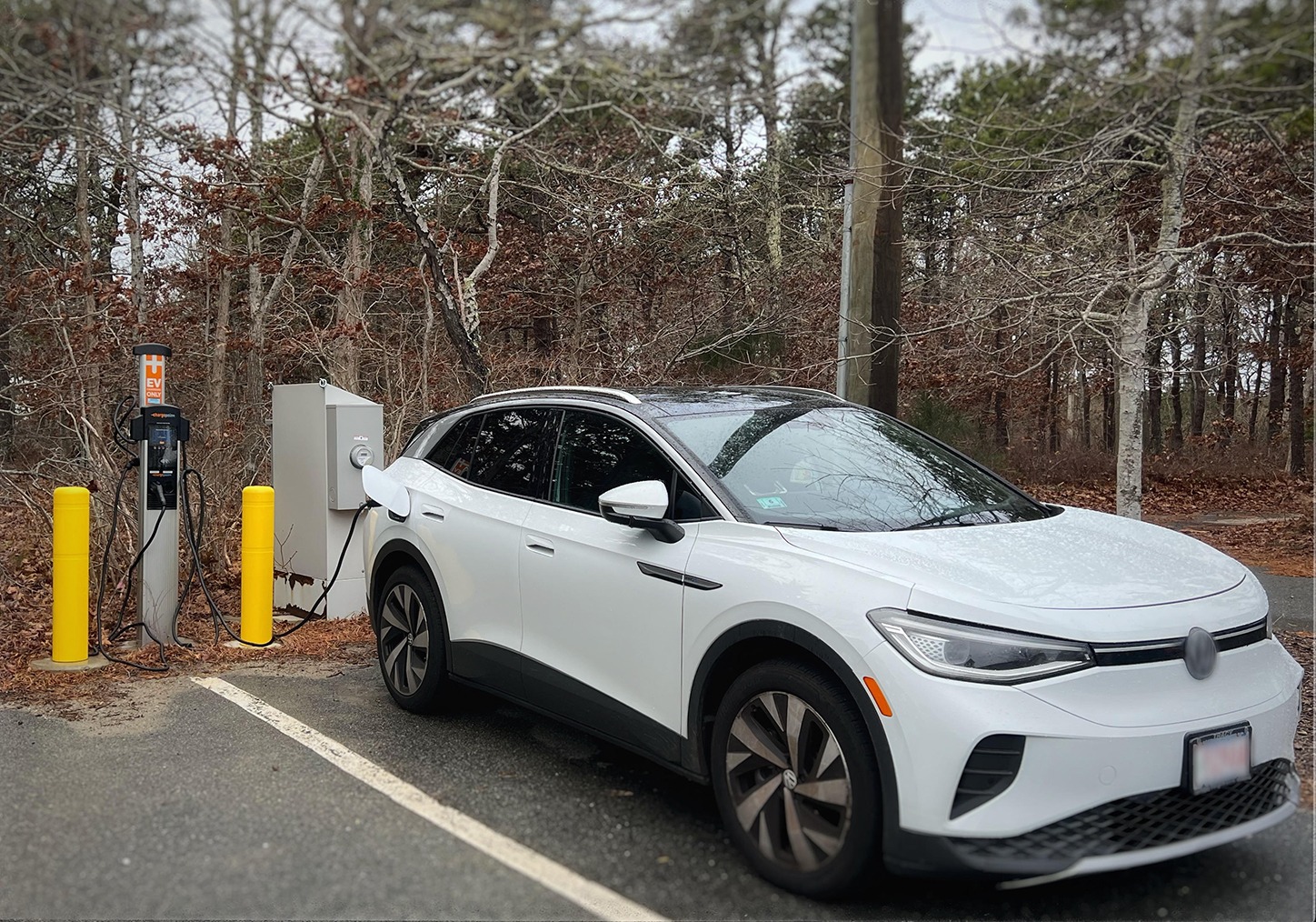
Located in Barnstable County, Massachusetts, the Town of Truro is about two hours outside of Boston. With its inviting beaches and vibrant community spirit, this small town of +2,000 residents is making significant strides for beneficial electrification. In 2023, with 5.6% of registered vehicles being non-fossil fuel vehicles in Truro, the town made strides in […]
2023 Participant Milestones Spotlight: The Massachusetts Department of Conservation and Recreation
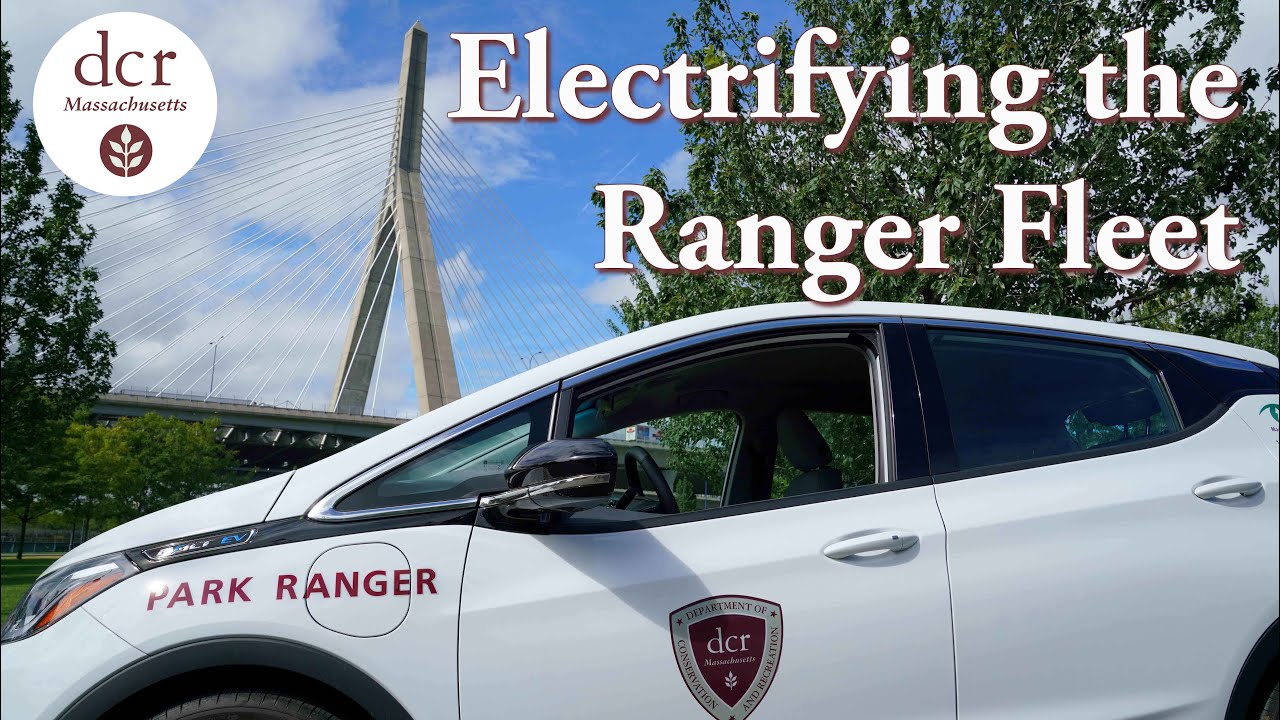
In 2023 our participant, the Massachusetts Department of Conservation and Recreation (MassDCR), a state agency within the Commonwealth’s Executive Office of Energy and Environmental Affairs, made considerable progress toward a more sustainable and efficient future. Recognizing the importance of accessibility to charging infrastructure as a cornerstone for the adoption of electric vehicles (EVs), MassDCR installed […]
2023 Participant Milestones Spotlight: Global Lease Group
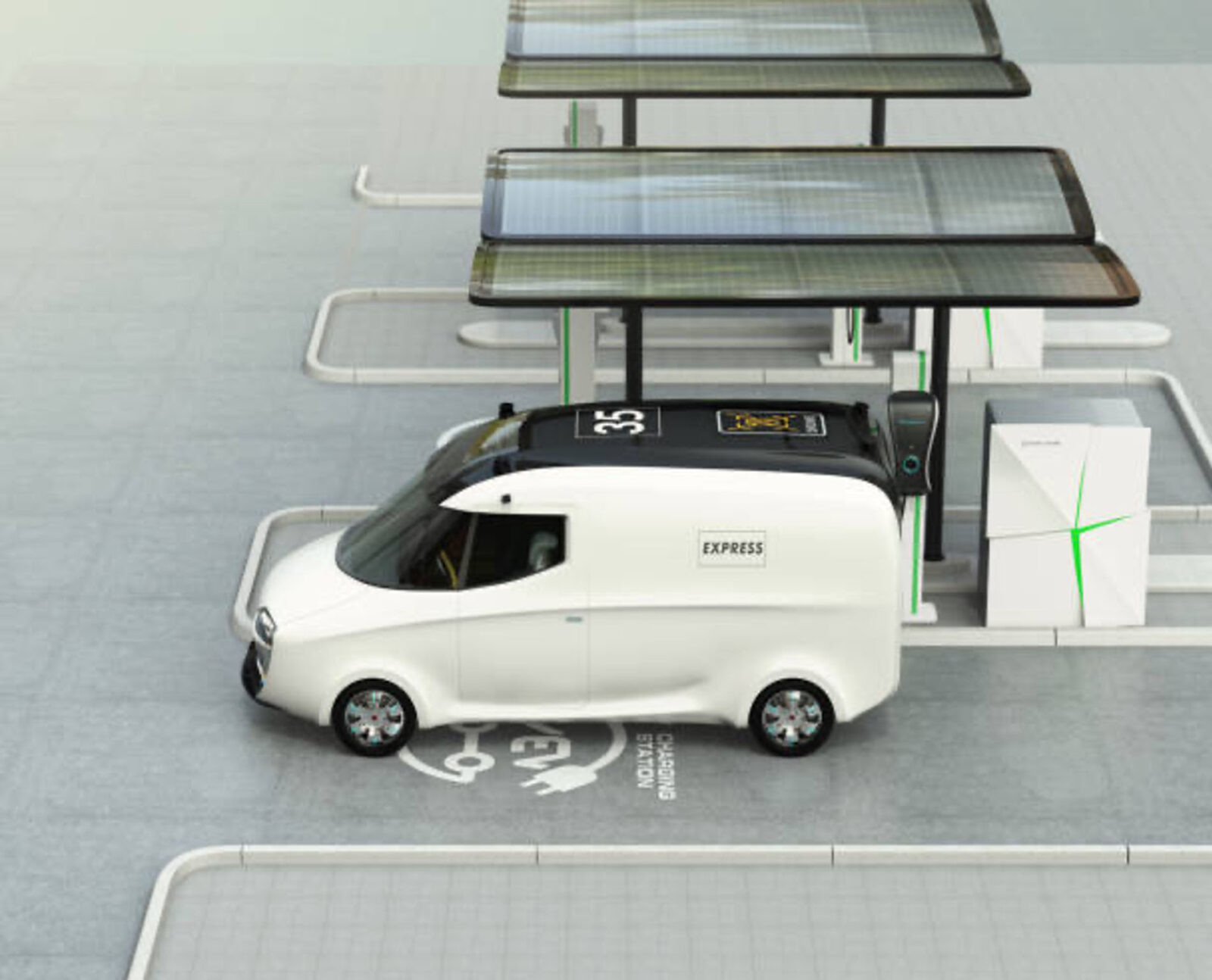
In a significant leap towards sustainable transportation, Global Lease Group, a renowned leader in fleet management and leasing, has set a remarkable precedent within the industry. Based in Lexington, MA, and working throughout the Northeast U.S., this innovative company serves a wide range of customers, including businesses, non-profits, and government groups. 2023 was a key […]
2023 Participant Milestones Spotlight: Freeborn Mower Electric Cooperative

2023 has been a landmark year for Freeborn Mower Electric Cooperative, which has been serving Southern Minnesota with dedication and an unwavering commitment to progress. As a provider of reliable electric services to the communities within Freeborn and Mower Counties, the cooperative has always prioritized sustainable advancements that benefit its members economically. A noteworthy development […]
2023 Participant Milestones Spotlight: Connexus Energy

We’re thrilled to showcase the strides Connexus Energy has made in 2023. Based in Ramsey, Minnesota, Connexus Energy, the state’s largest electric cooperative, is committed not only to delivering electricity but also to leading sustainable energy practices and the adoption of electric vehicles (EVs). This past year, Connexus Energy has been at the forefront of […]
